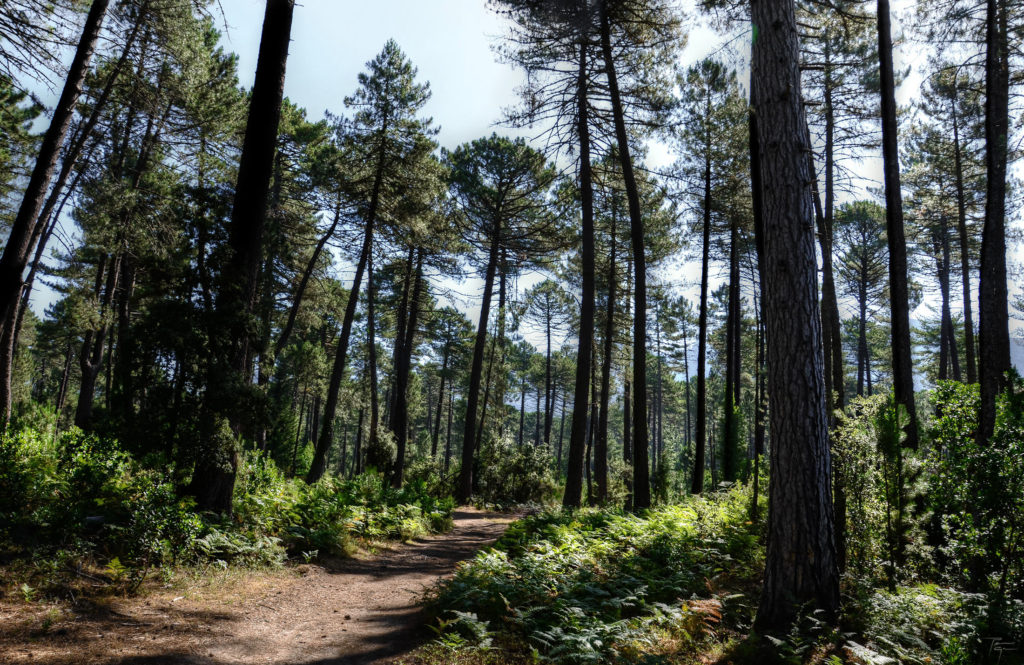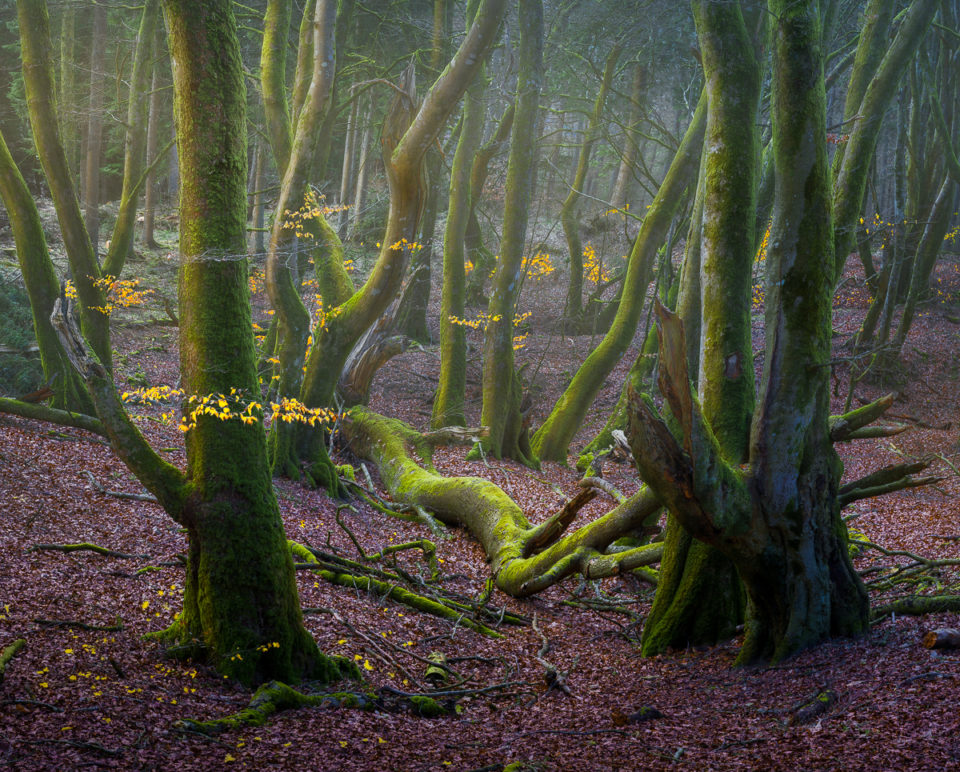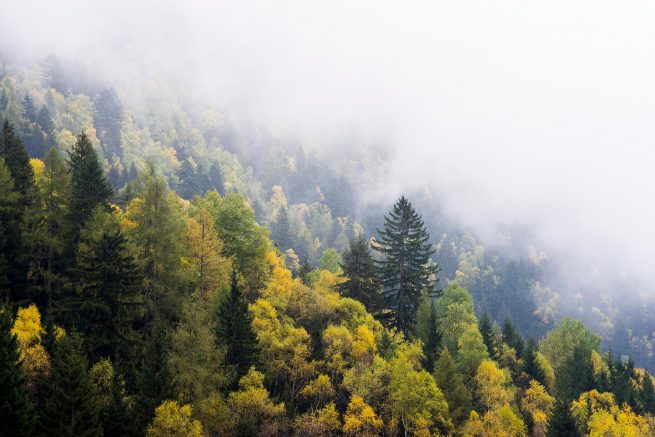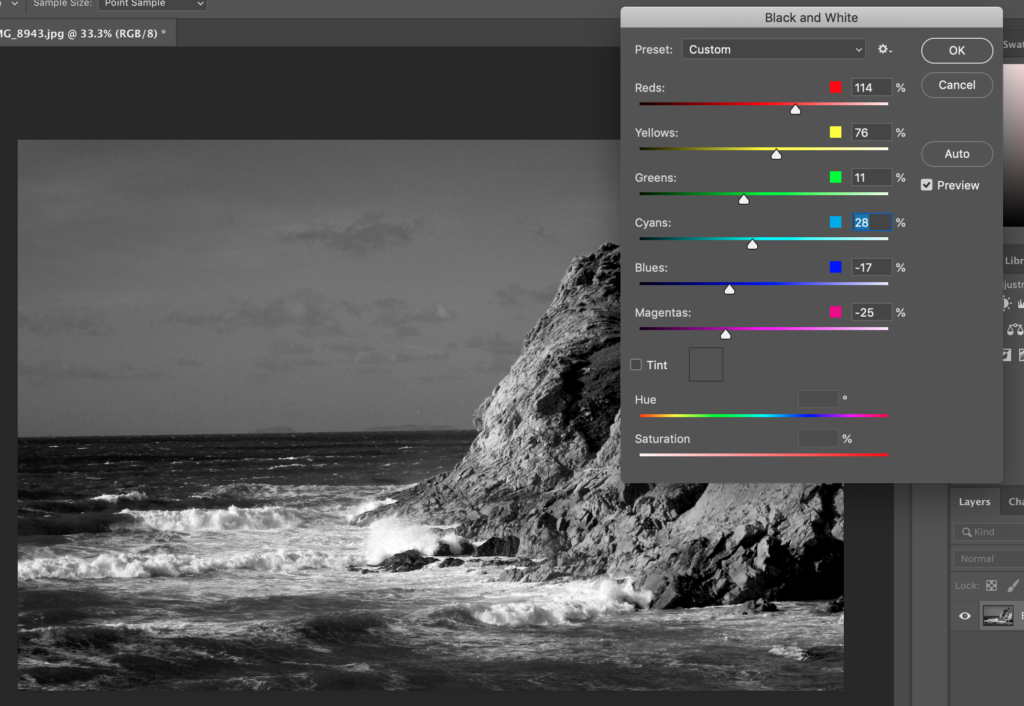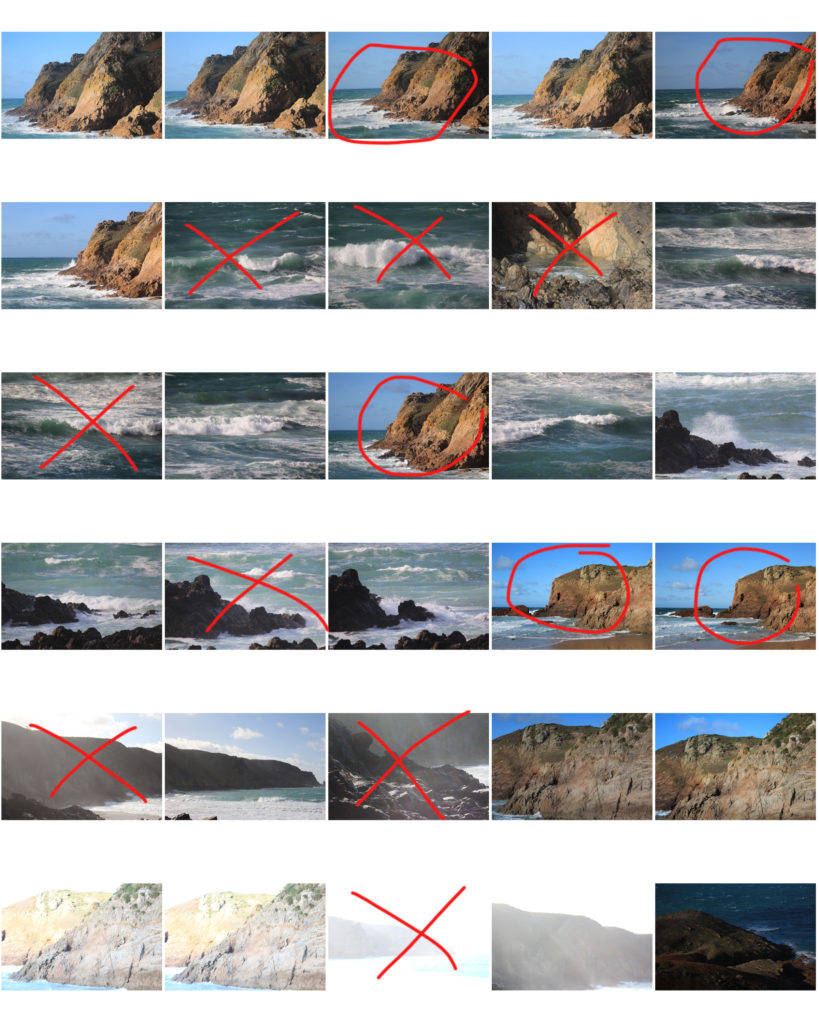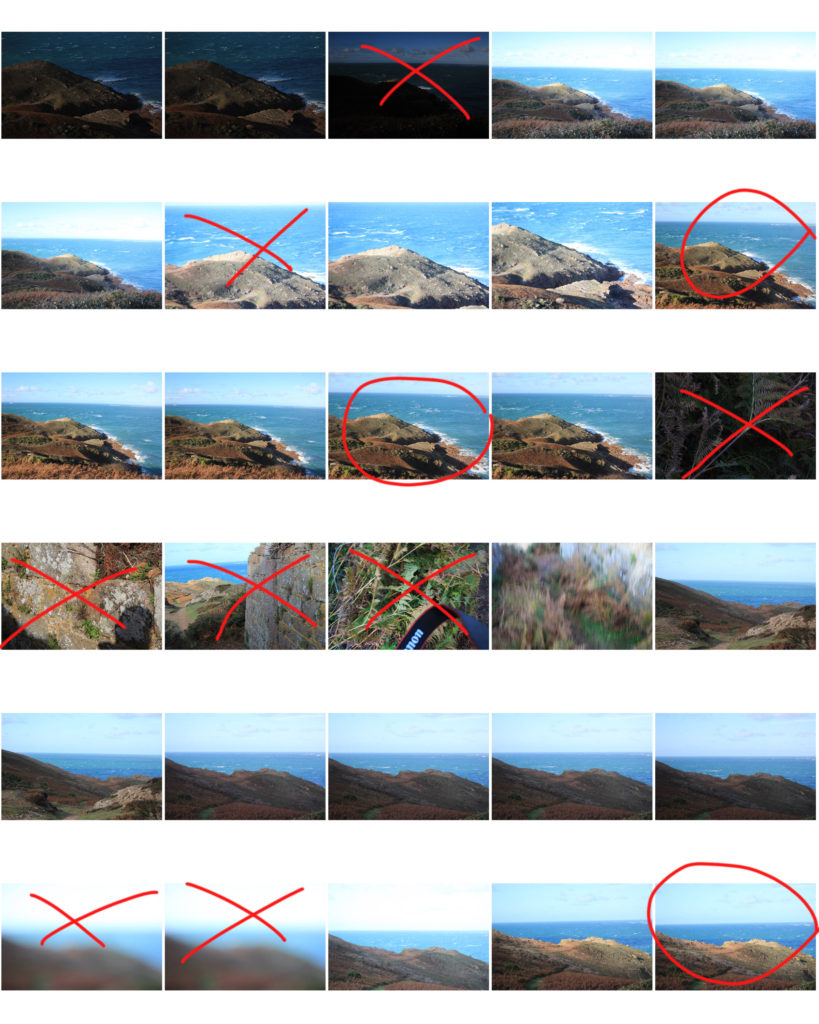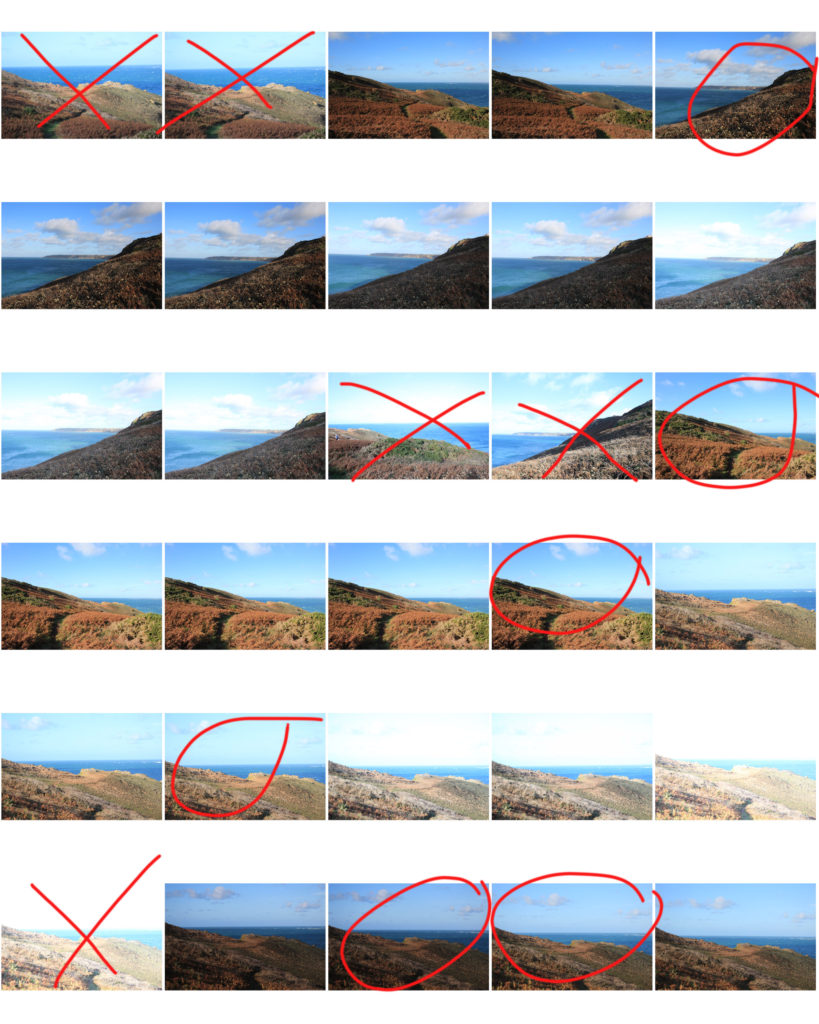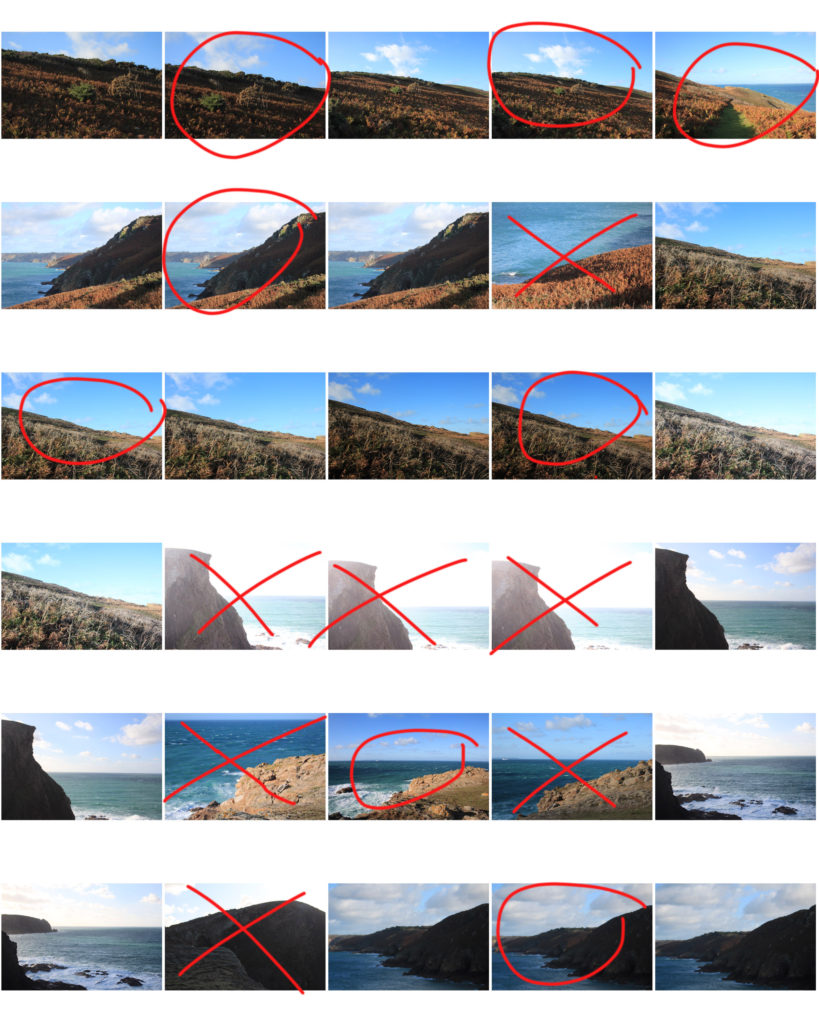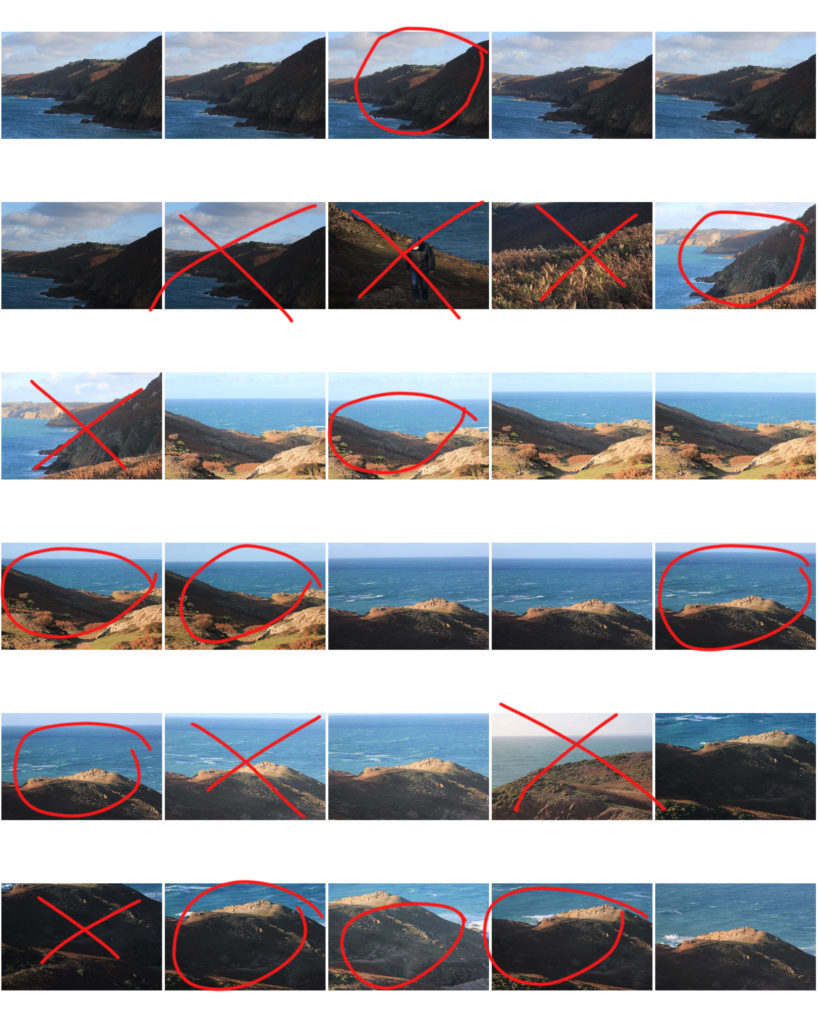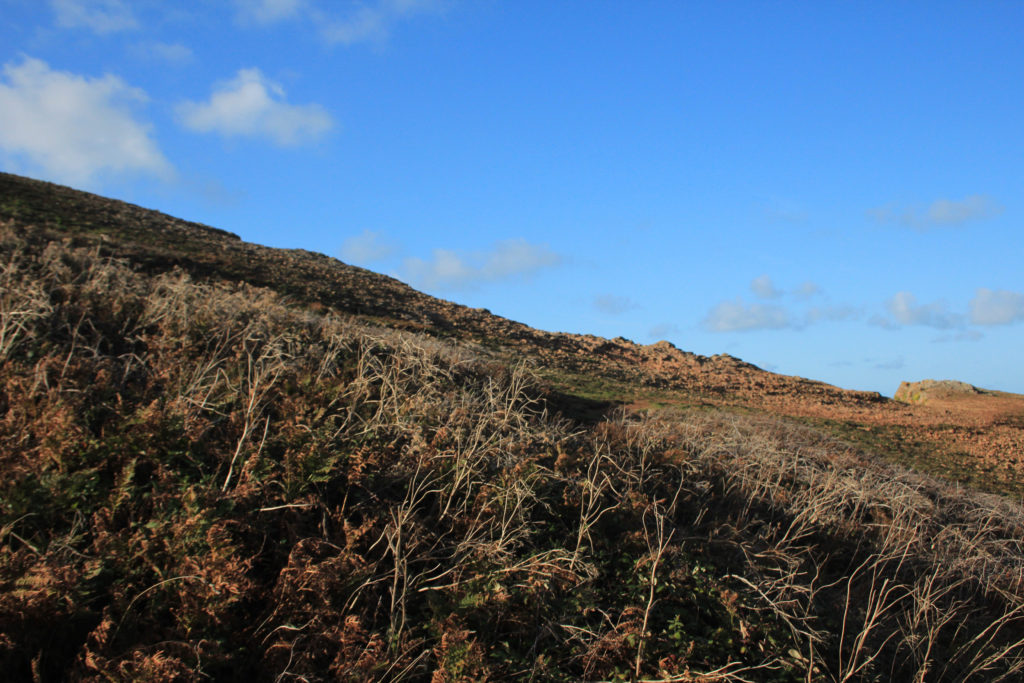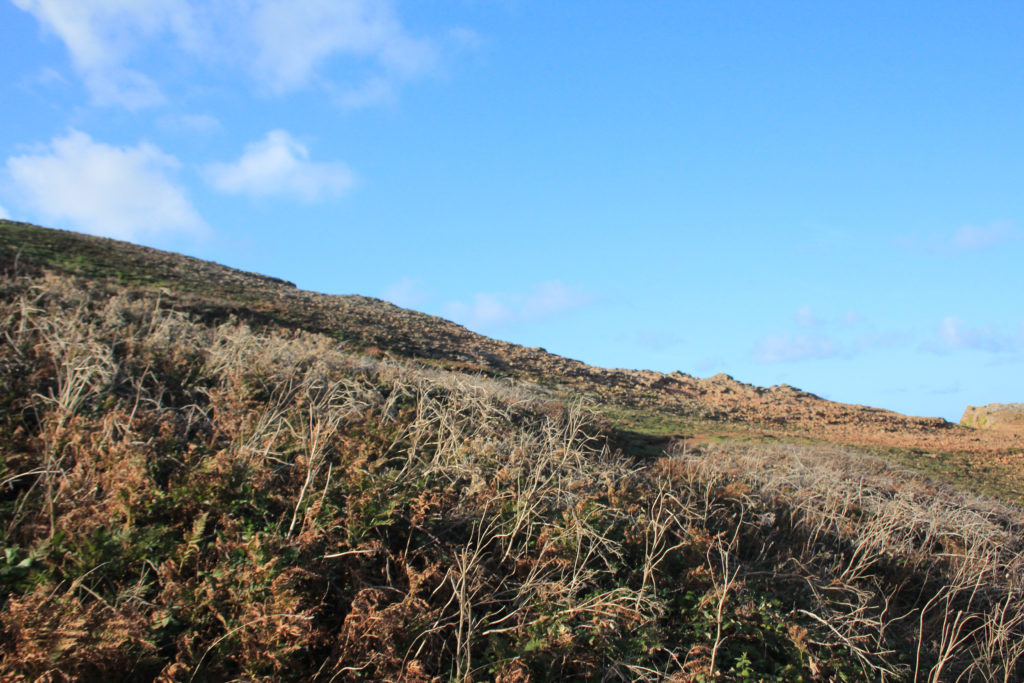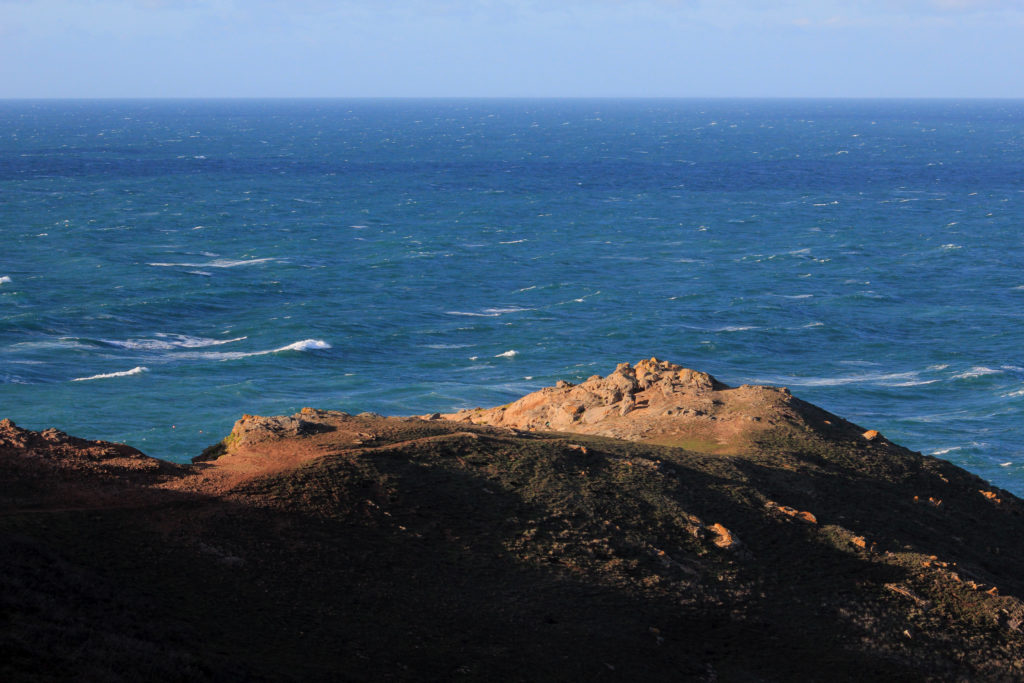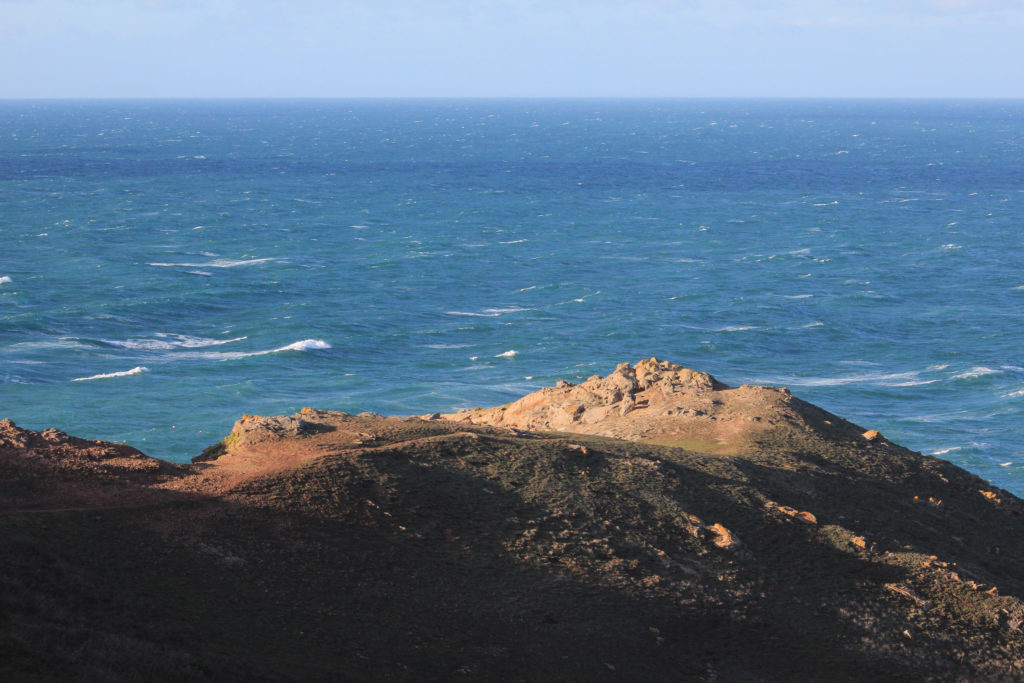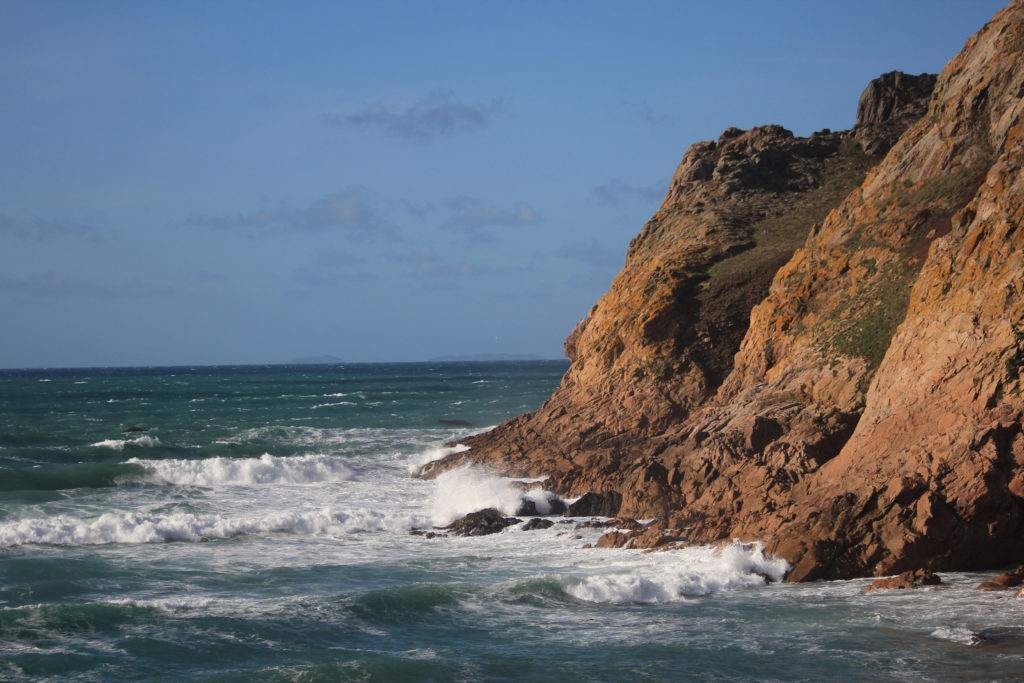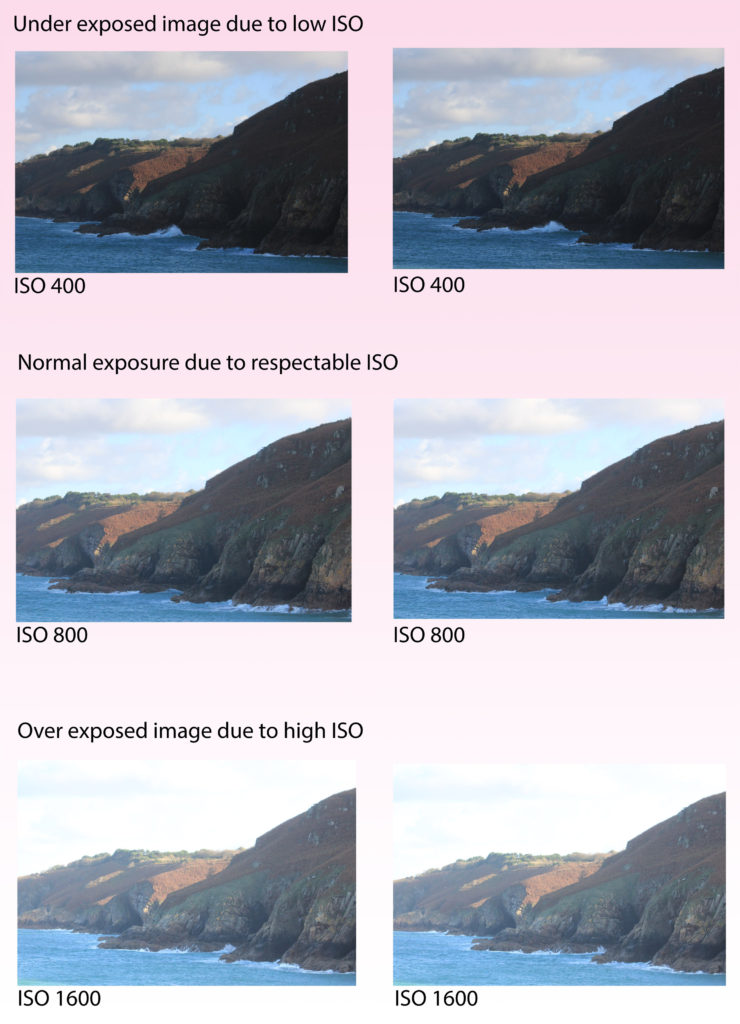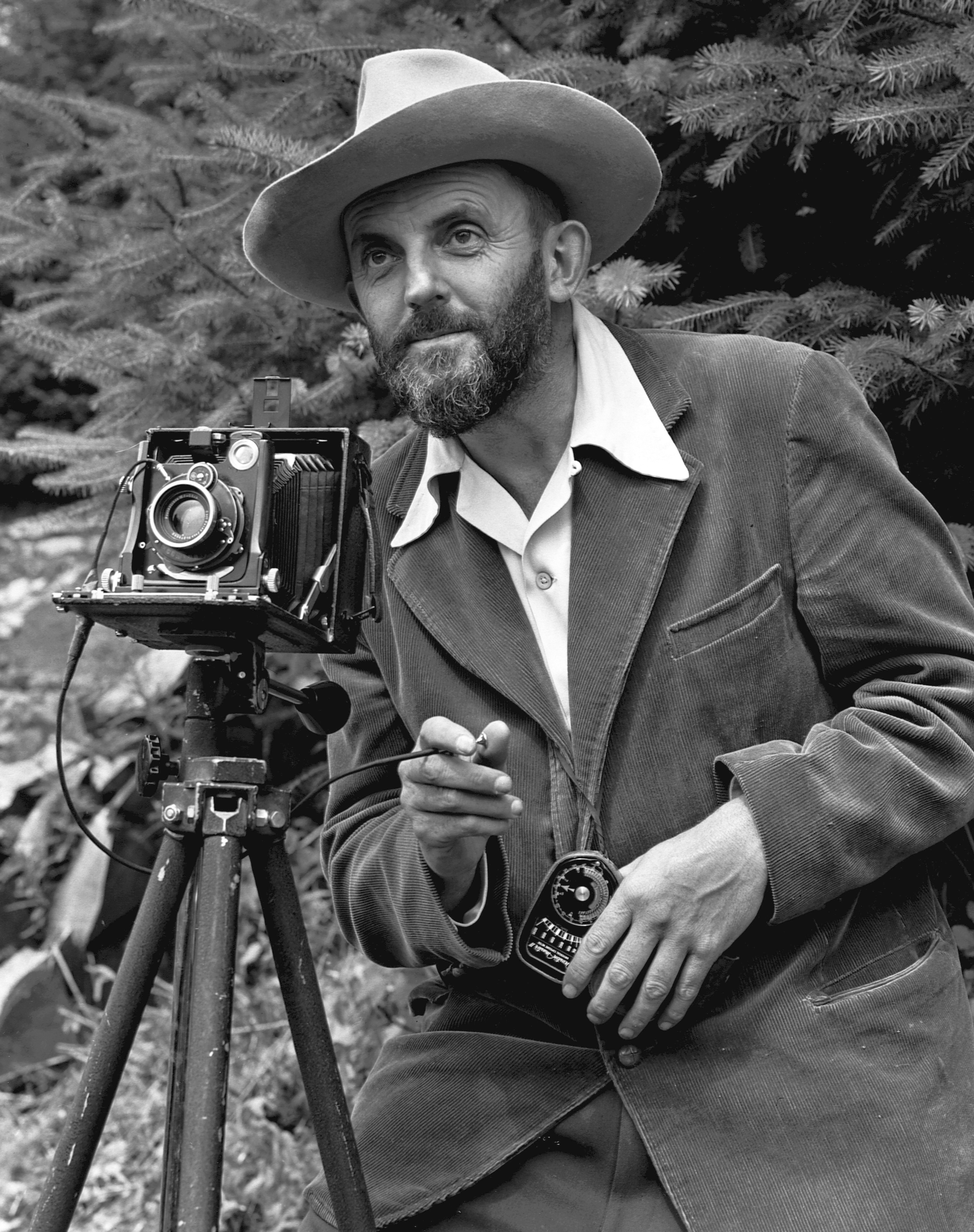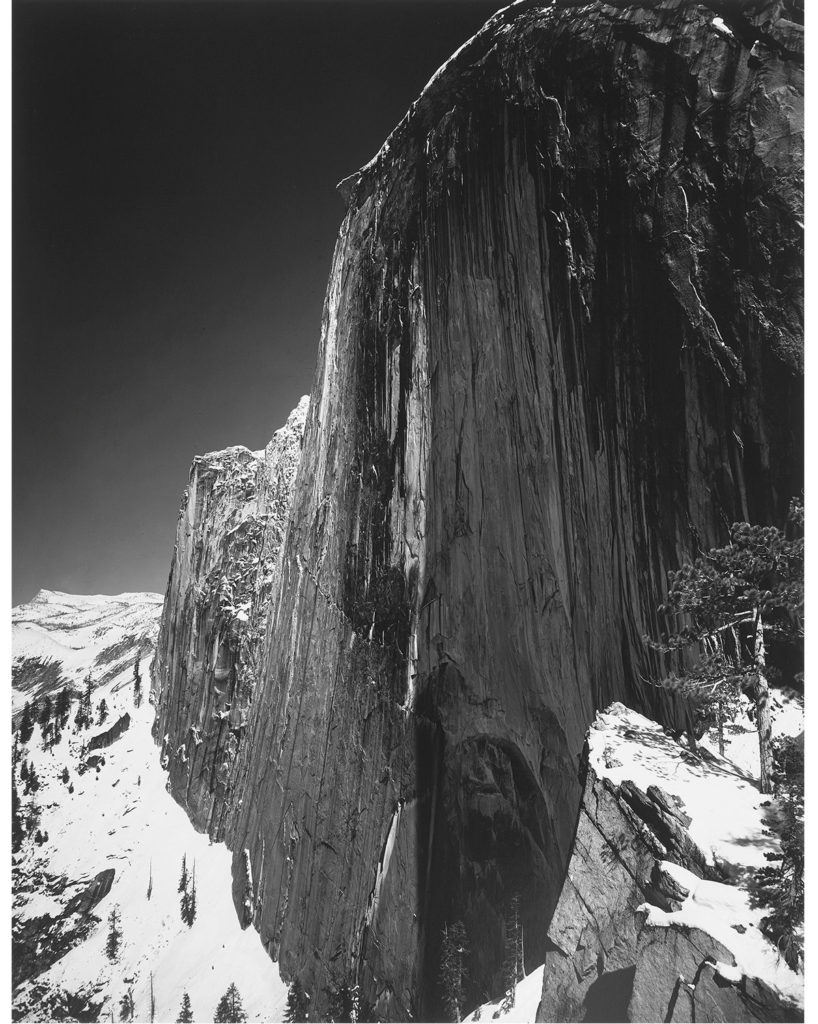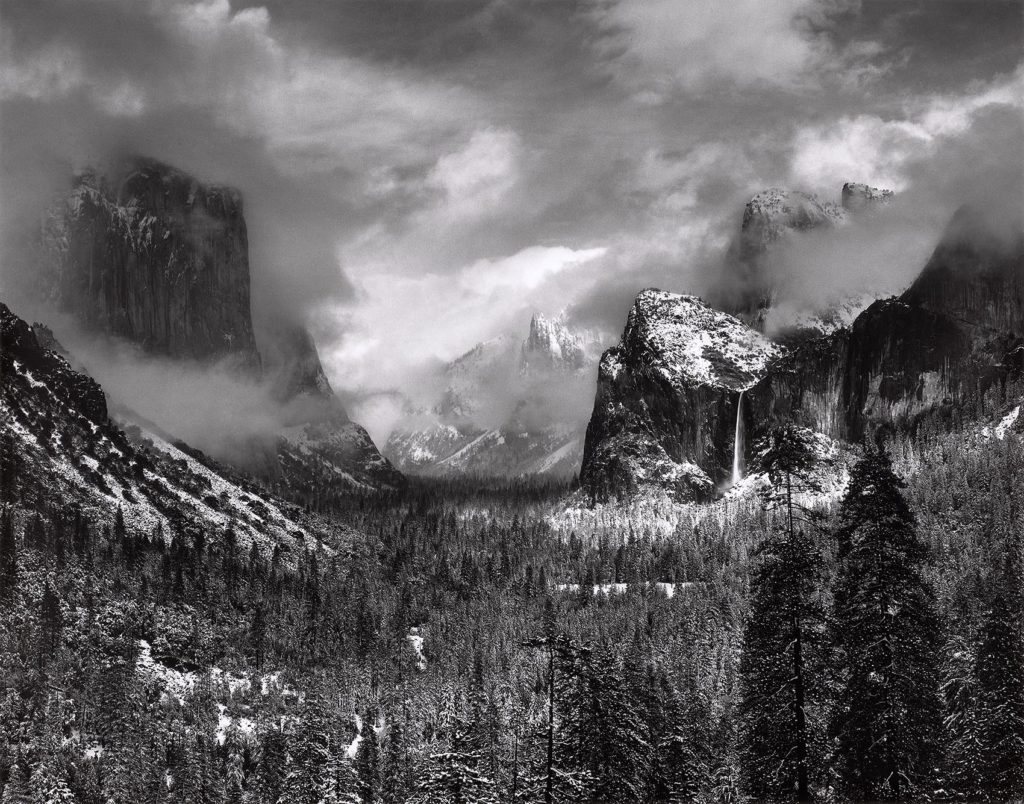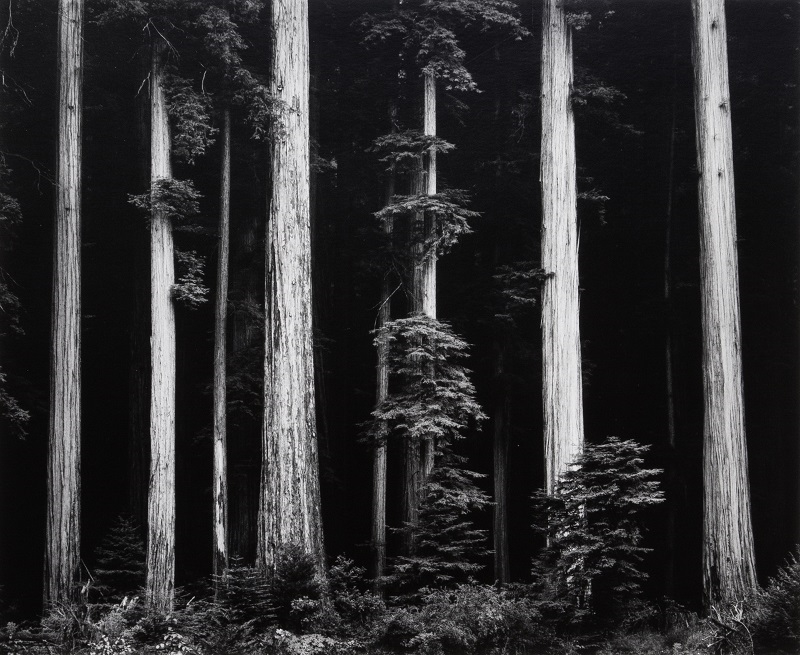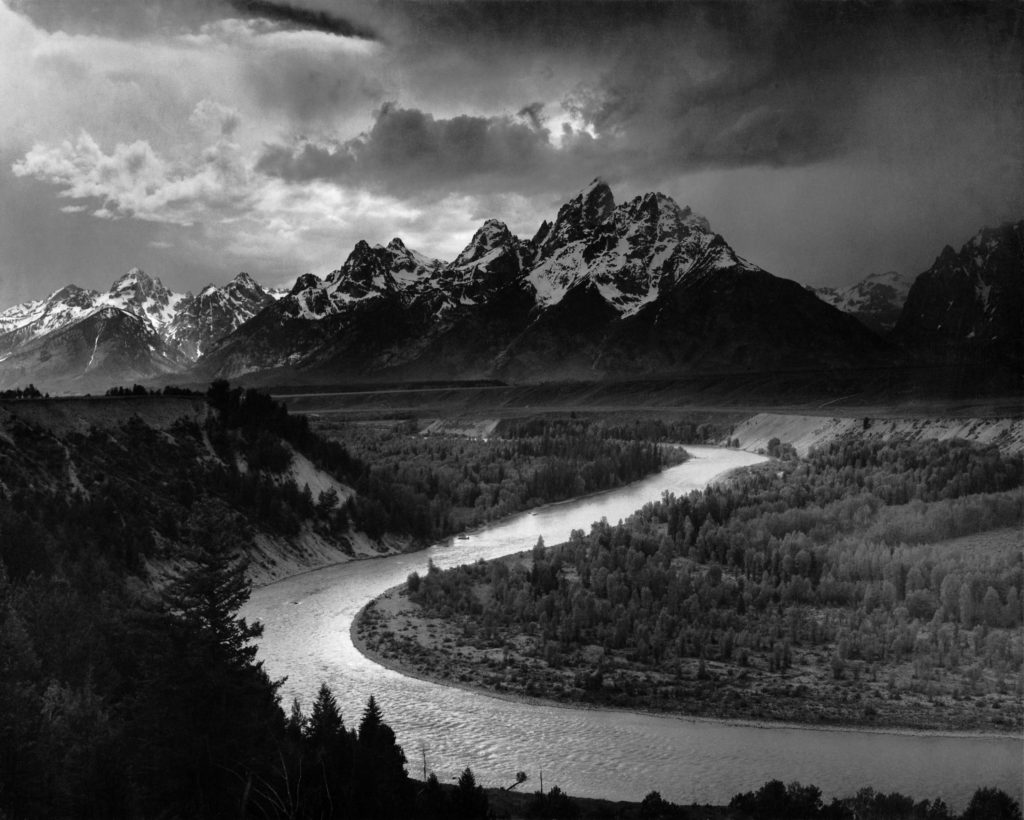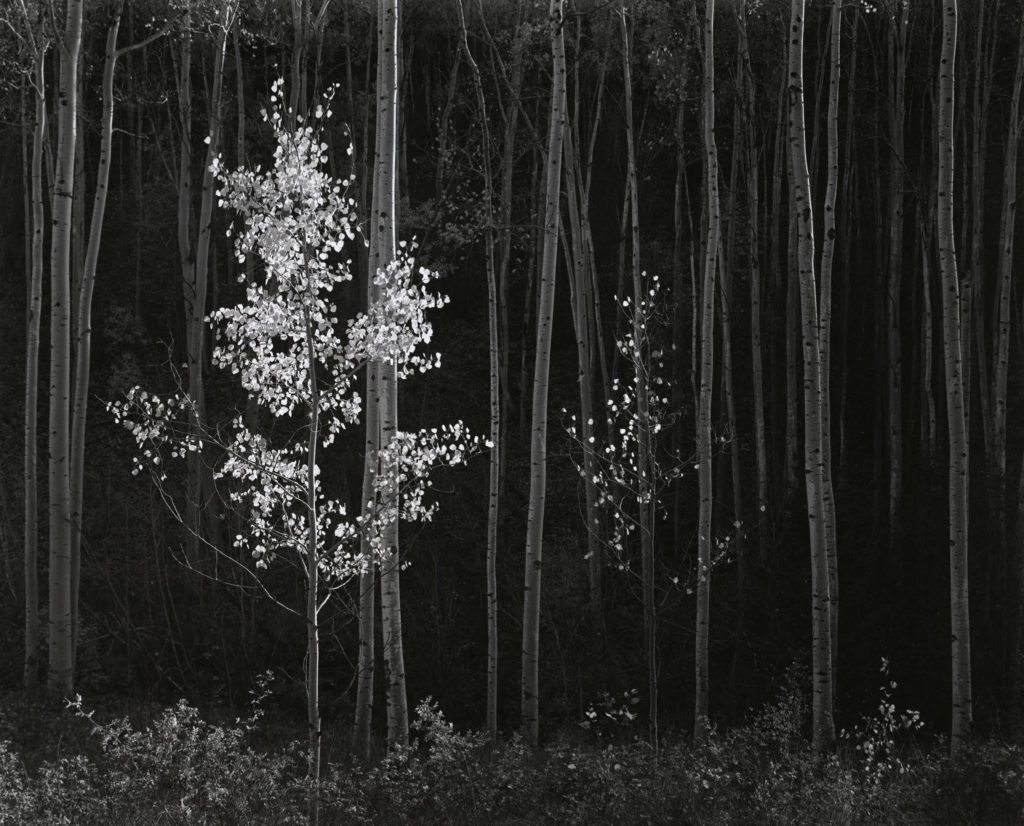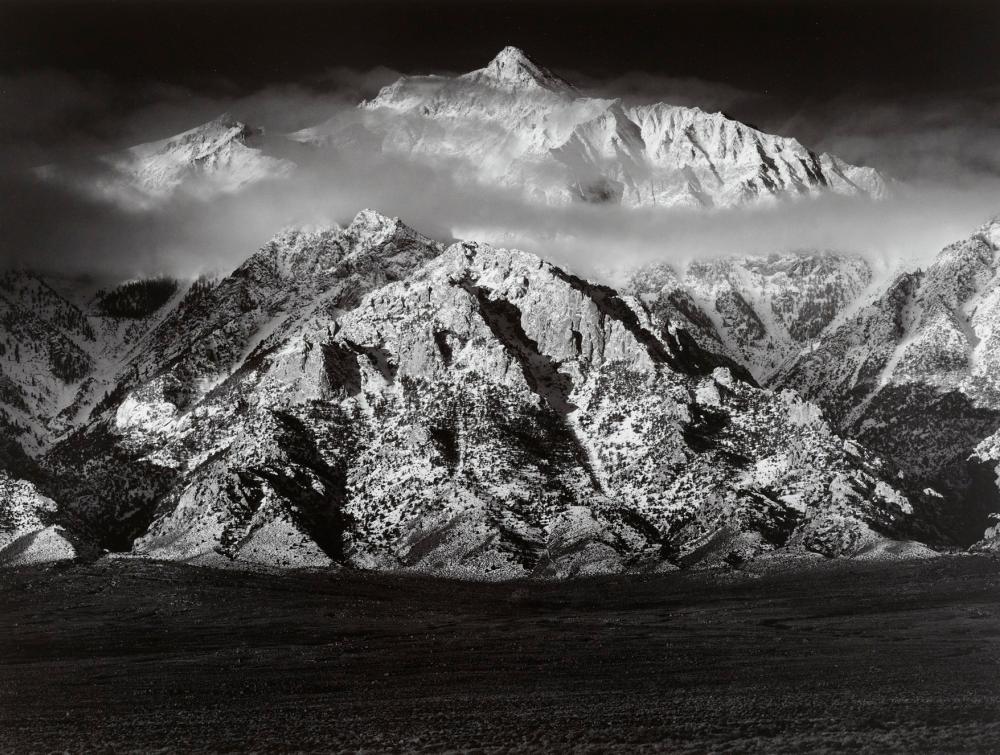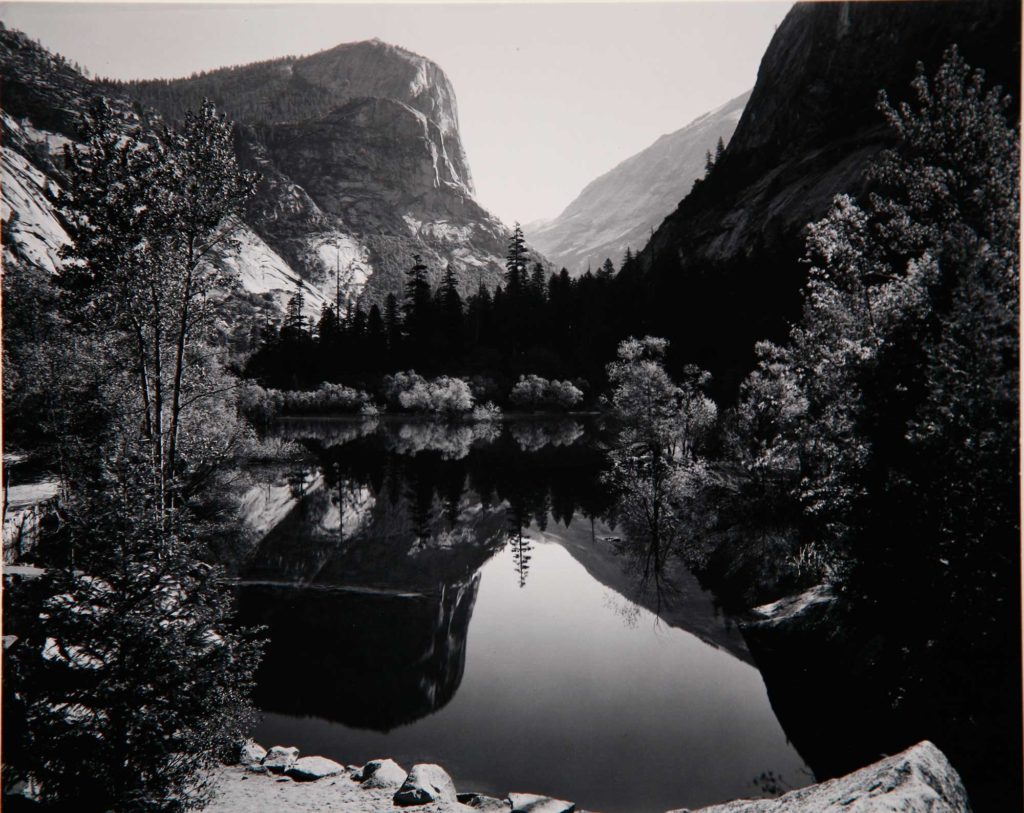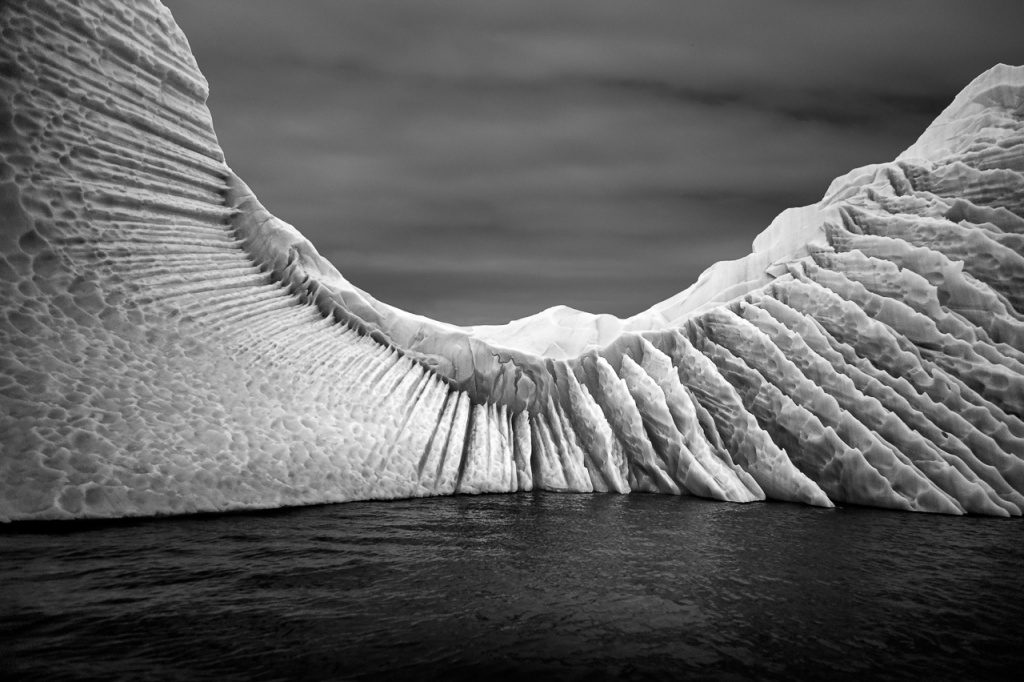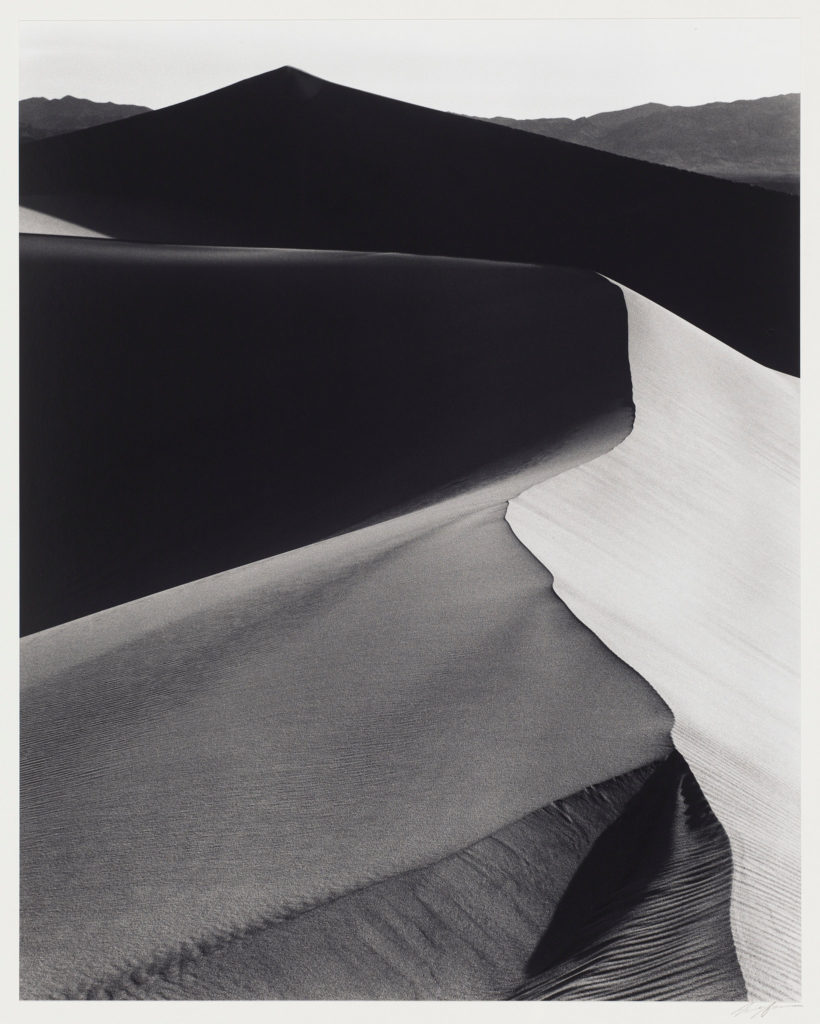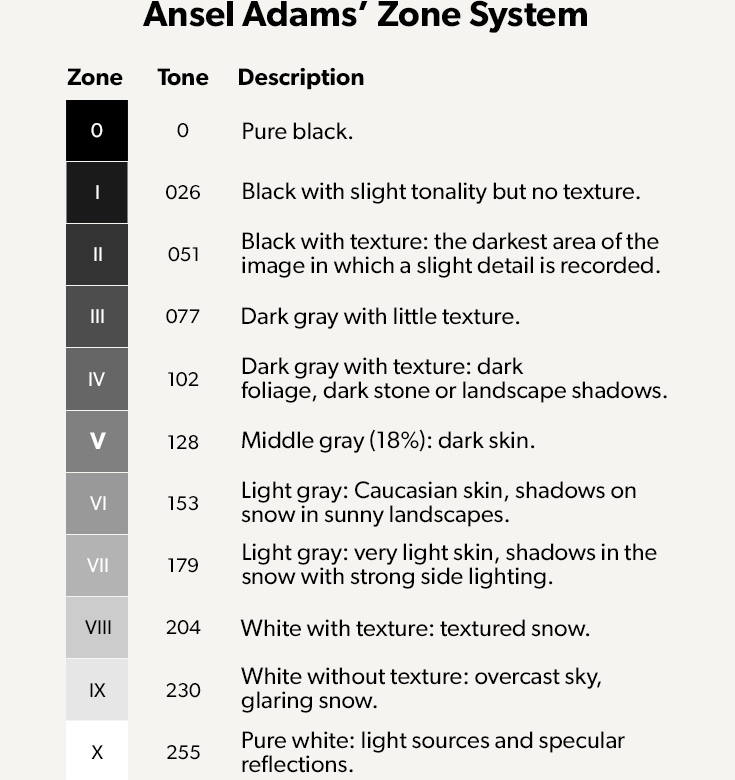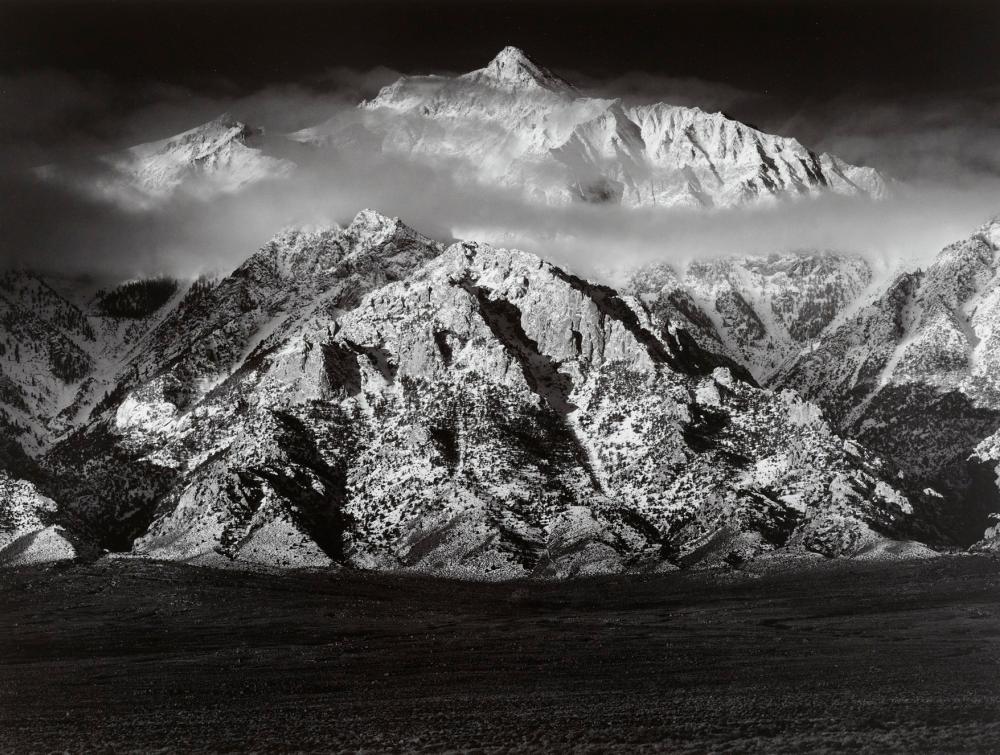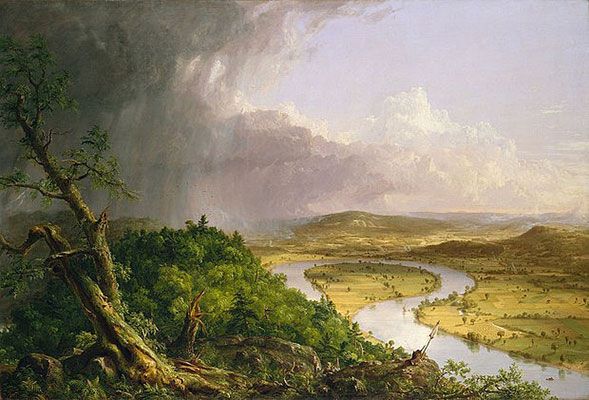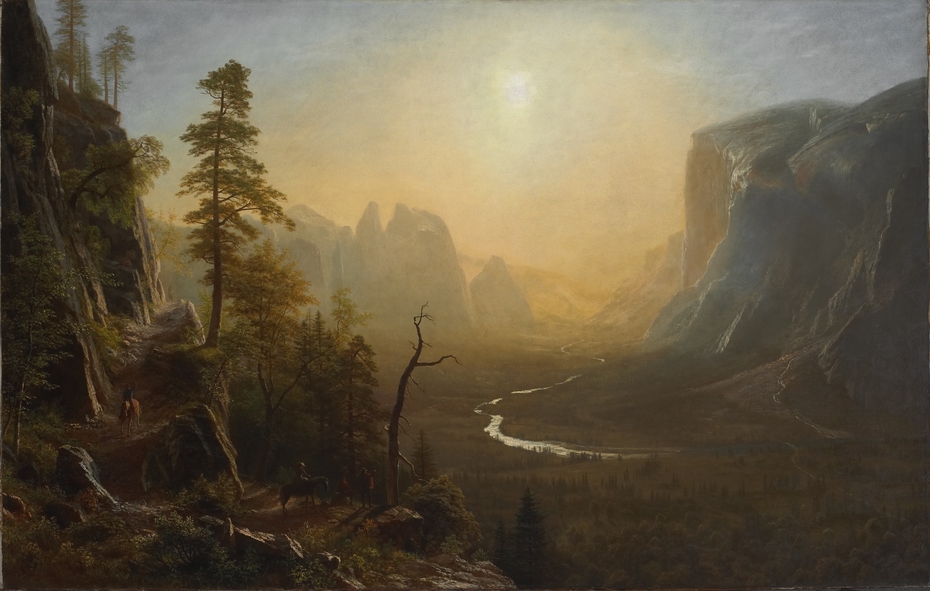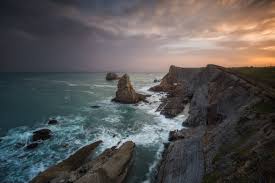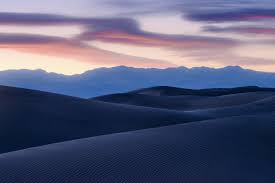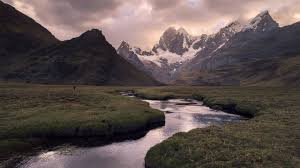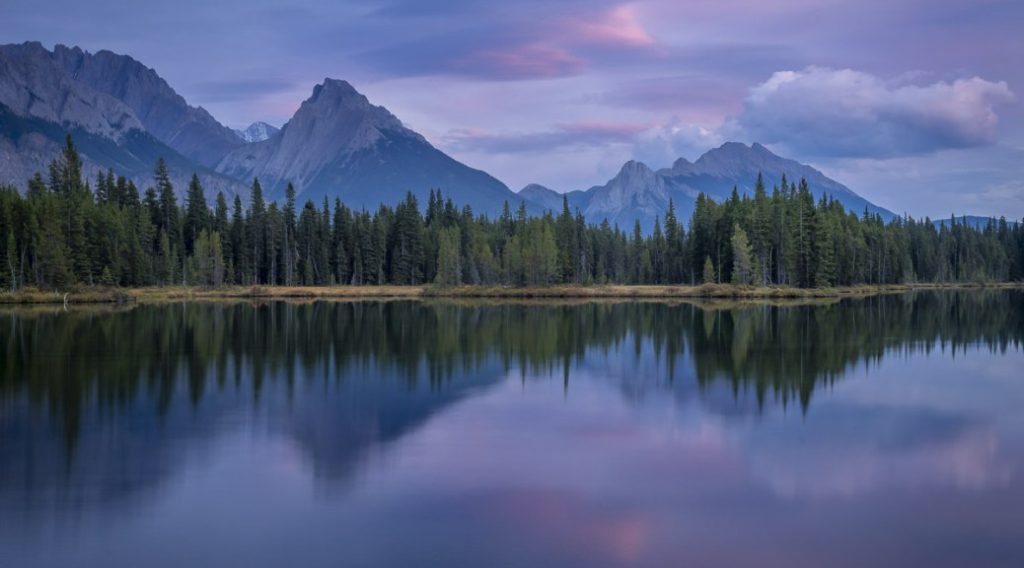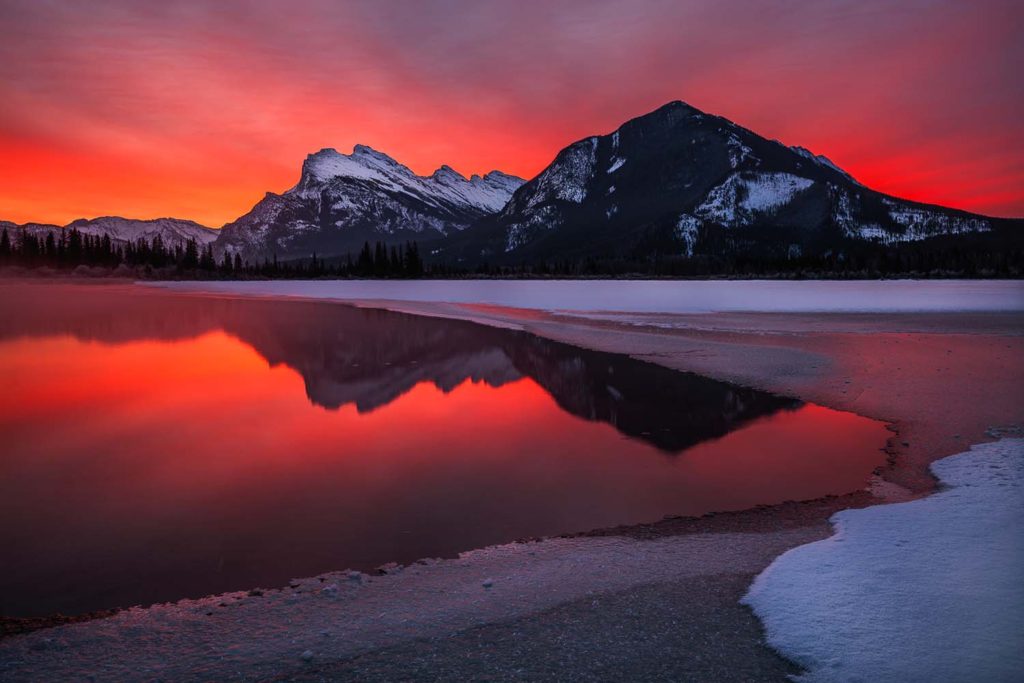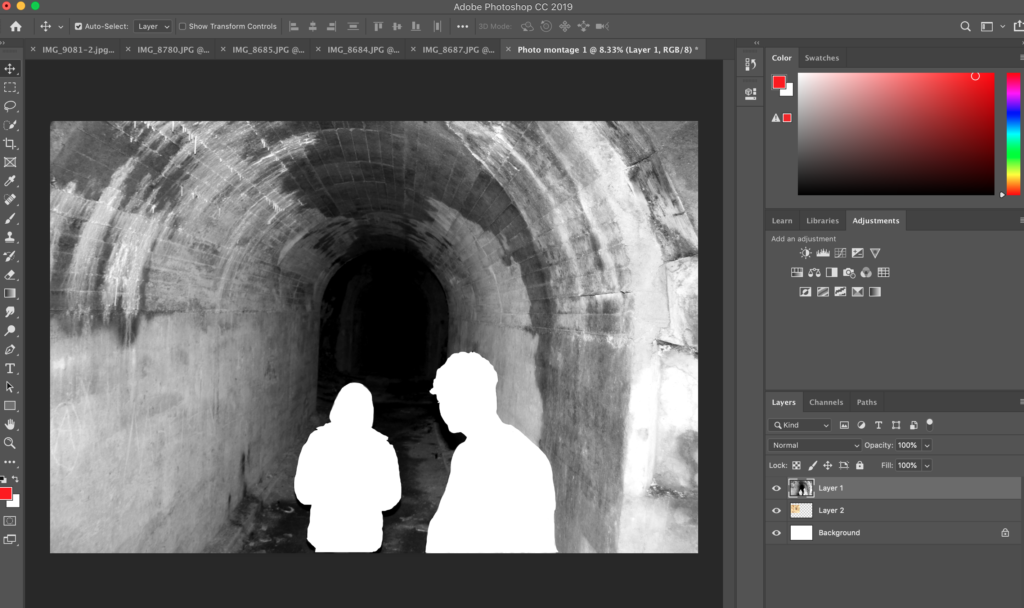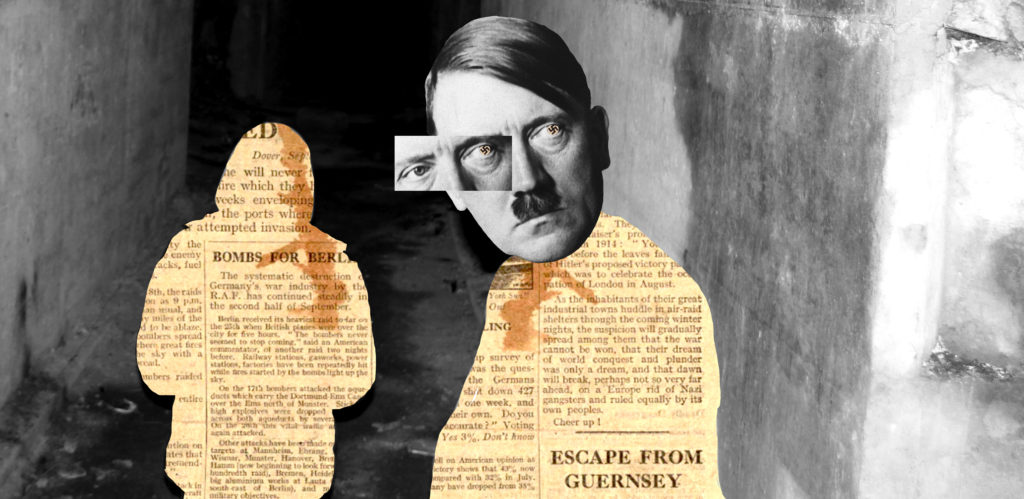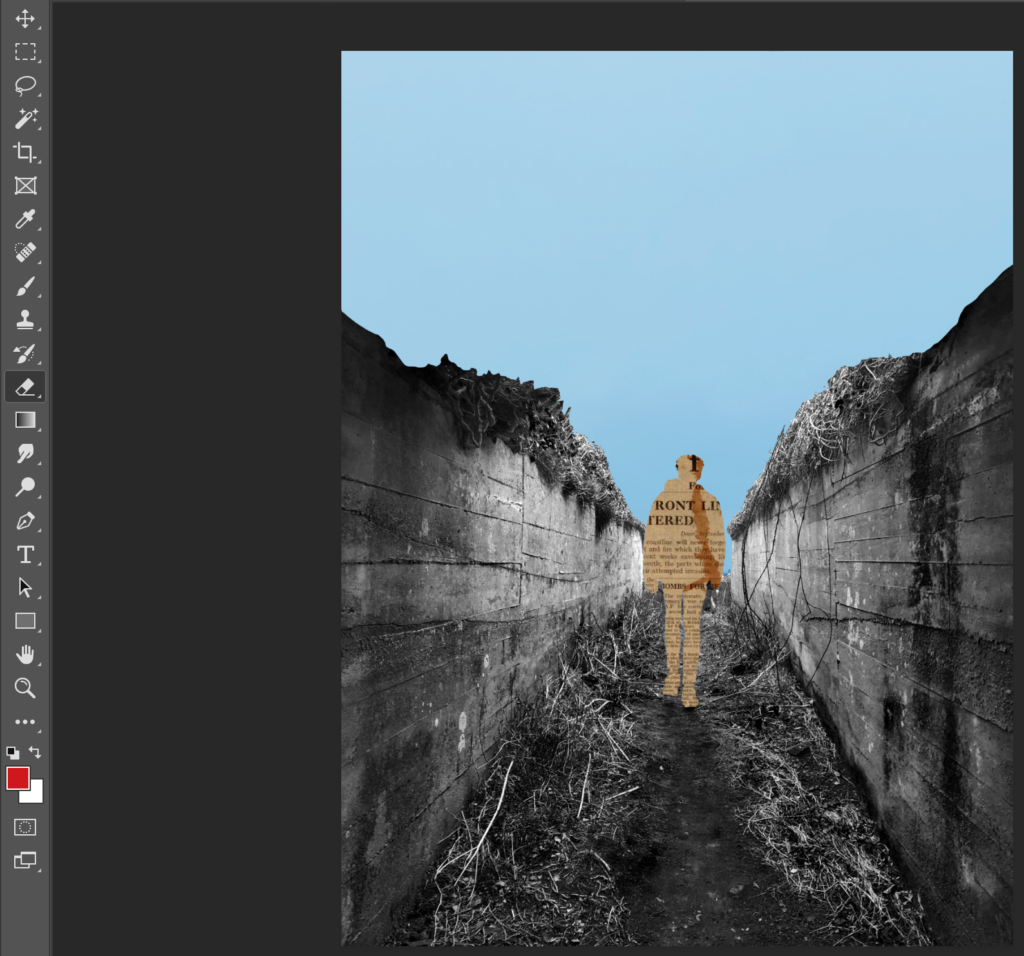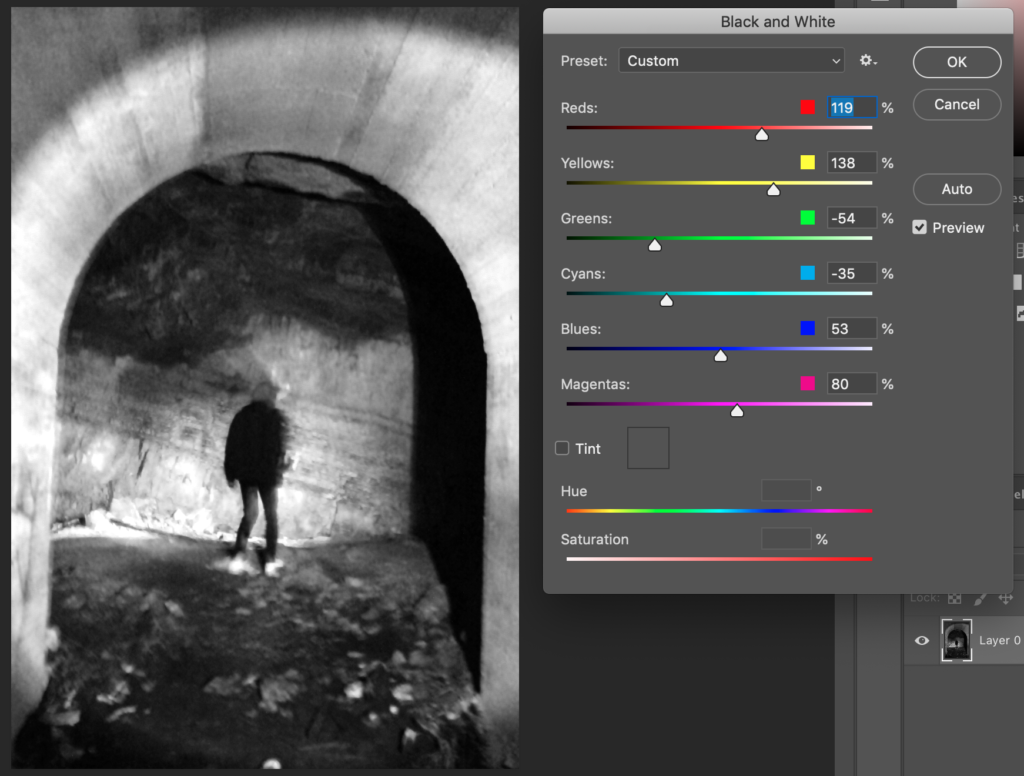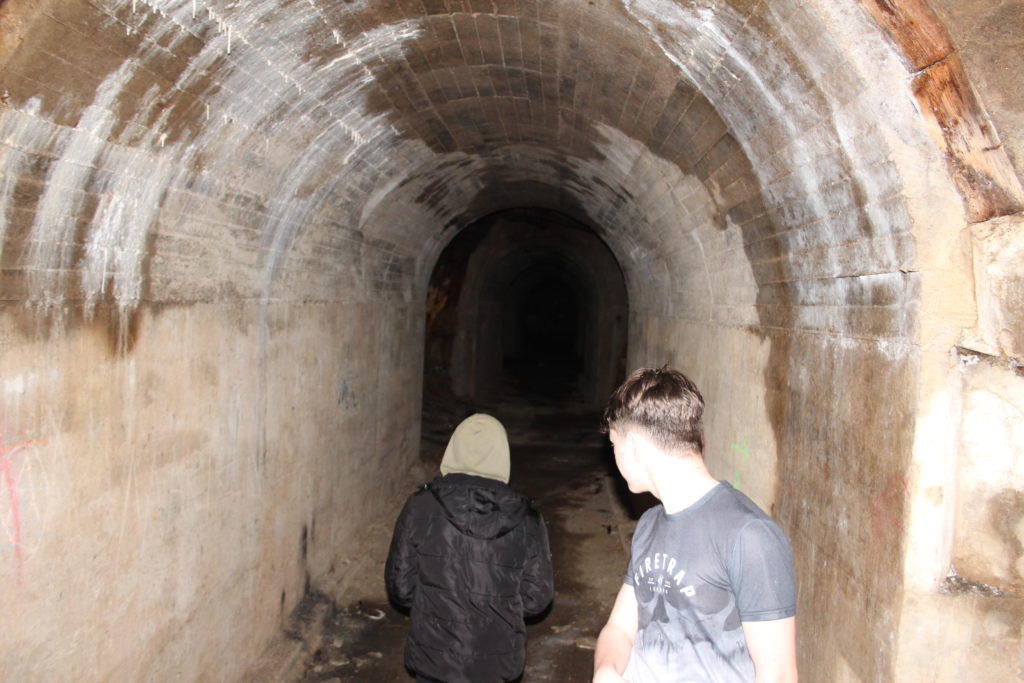PHOTOSHOOT PLAN:
WHO
I will be taking the photos, however with no human focal point, or any human make infrastructures, since landscape photography uses primarily nature only.
WHAT
My photoshoot will focus on trees and Forrests, also consisting of marshes and lakes, as oppose to my last photoshoot in Jersey, Plemont where I took photographs off the headland and cliffs and the coast. As it is Autumn the leaves and colour of the trees should give my photos character.
WHERE
My photoshoot will take place within the Polish forests surrounding the town of Klonowo. I will be walking through the forest entering a very isolated and rural area, barely touched by humans, accept for the occasional road.
WHEN
I will take this photoshoot on the 27th October, during the morning, between 7am and 11:30am, the weather seems to look clear so the sunrise will provide beautiful natural lighting.
WHY
I have chosen this time as it will give my photos more variety of colour as the light will reflect off the leaves and trees. I have chosen this time period being Autumn as there may be some sun in the morning, altering the colour of objects in my photos. I also enjoy this location as its reflects a ver natural landscape and the are is very isolates, further having minimal human influences
HOW
Due to the constant moving around that I will be doing during the photoshoot, in order to complete walking through the forest, my photos may become blurred and I will be taking photos while walking (not using a tripod). To prevent blurred and unfocused images, I will change the camera settings, to a hight ISO of 1600, a fast shutter speed of 1/320 and an aperture of f/14. This will also make sure that any wind moving the leaves and trees, which will blur the focus, is minimised and photos will be taken quicker.
INSPIRATION:
